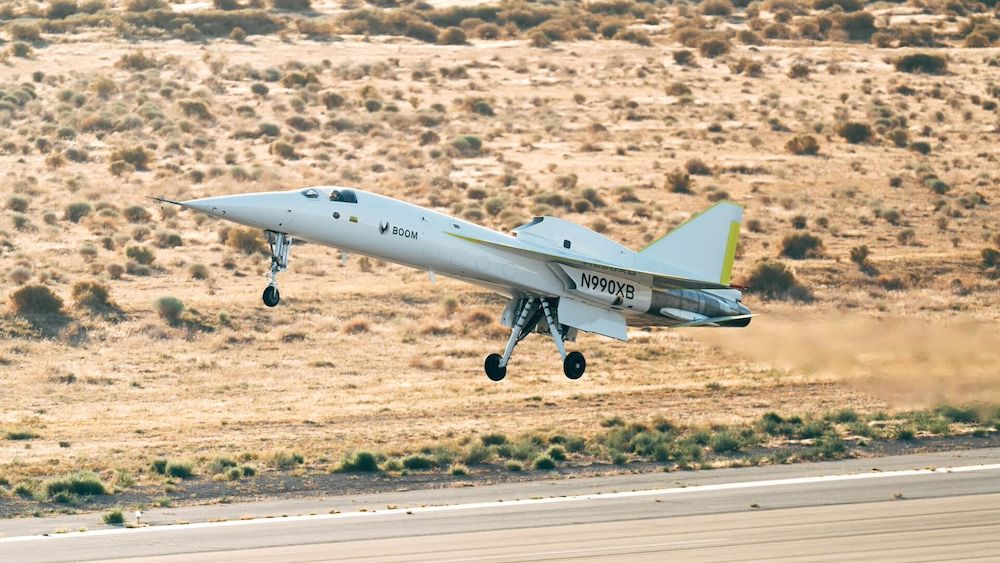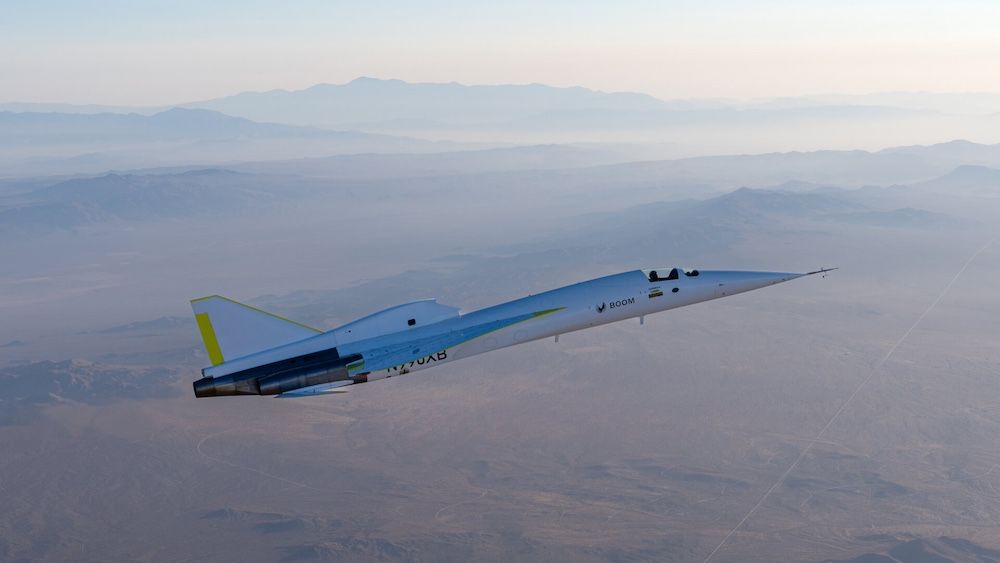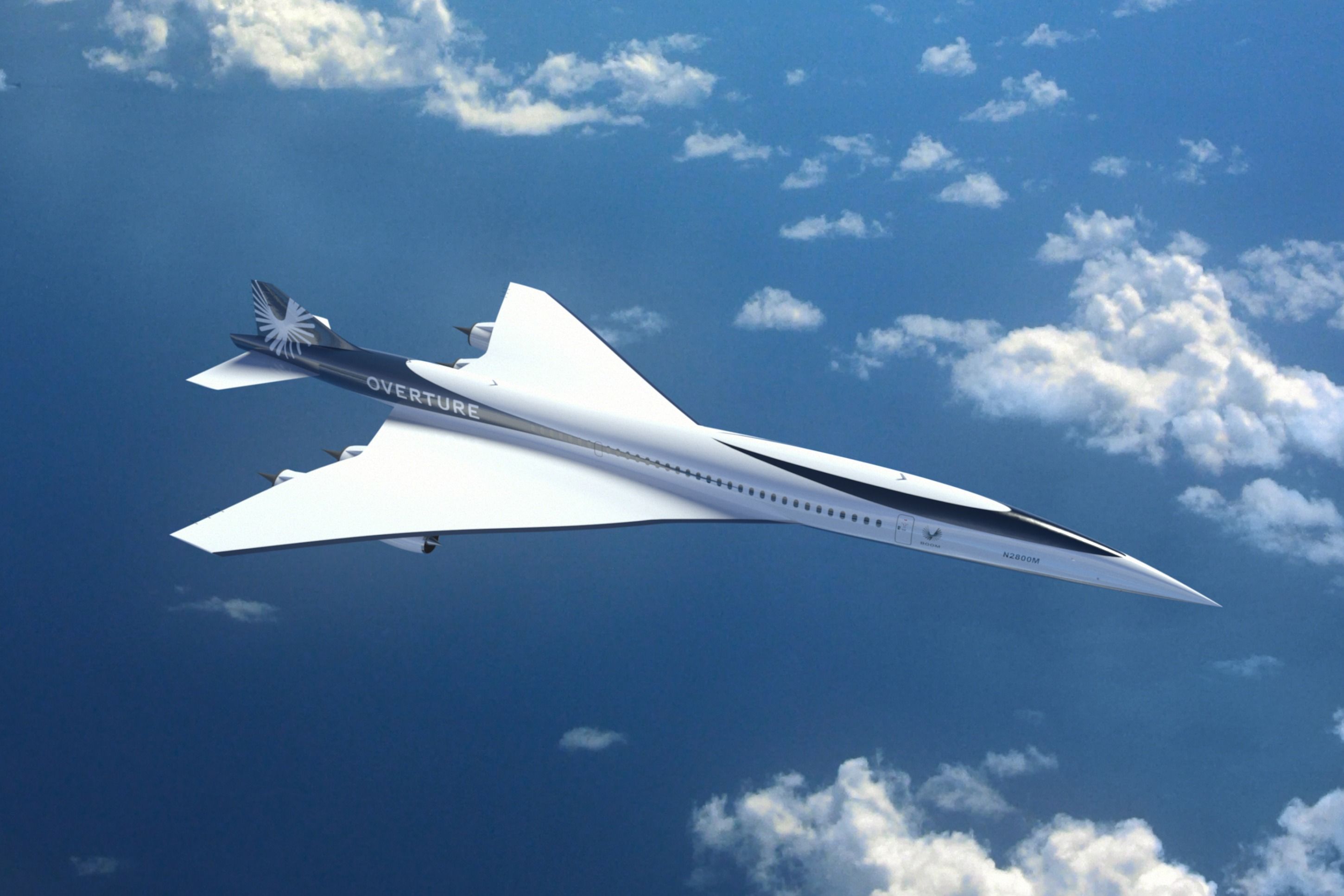Summary
- Boom Supersonic successfully completes the XB-1 demonstrator’s second test flight.
- No major issues uncovered during the second flight, with first supersonic test flight slated before year-end.
- Boom Supersonic has made impressive progress towards returning supersonic travel to commercial aviation.
Boom Supersonic has successfully completed the XB-1 demonstrator’s second test flight. The company remains on track with its testing program and is shooting for a supersonic flight test by the end of this year.
Boom’s XB-1 second test flight
The XB-1 demonstrator, fondly referred to as “Baby Boom” due to its smaller one-third scale, completed its second test flight at the Mojave Air & Space Port in Mojave on August 26th. The aircraft flew for approximately 15 minutes and reached an altitude of 10,400 ft and speeds of 232 knots (277 mph) – at the controls was Boom Supersonic’s Chief Test Pilot, Tristan “Geppetto” Brandenburg, flying the XB-1 for the first time and in charge for the remainder of the aircraft’s test program.
Blake Scholl, founder and CEO of Boom Supersonic, commented,
“XB-1 had a fantastic second flight this morning. Initial results indicate we’ve successfully resolved the findings from Flight One and are excited to continue flight testing on the path to supersonic flight.”
During the flight, the demonstrator’s landing gear successfully retracted and extended for the first time – other goals during the test included analyzing the plane’s handling qualities and activating a new digital stability augmentation system (SAS), or roll damper, which was devised based on data from the first flight test back in March.
Photo: Boom Supersonic
According to Scholl, there were “no major issues uncovered” during the second flight, and the stability issues encountered on its first flight were resolved.
Still plenty to come
The company is hoping to achieve the XB-1’s first supersonic test flight before the end of the year, but there is still a lot to do before then. The company has already received Special Flight Authorization (SFA) from the Federal Aviation Administration (FAA), and estimates it will need around another ten flights before it can go supersonic.
Photo: Boom Overture
With a gap of five months between the first and second test flight, Boom hopes the third test flight will occur within the next month or so. Subsequent flights will push the flight envelope further, including in-flight checks of all systems and an assessment of the aircraft’s flutter excitation system.
Boom’s progress is impressive as the company aims to bring back supersonic travel to commercial aviation. It has already signed agreements with several high-profile global airlines, including the likes of American Airlines, Japan Airlines and United Airlines – American has a deal for 20 airframes and another 40 options, while United has a commitment for 15 aircraft and another 35 options.



